Curtains are a noticeable part of any room: without them, the window looks “naked” and the interior is unfinished. Many people prefer to buy ready-made curtains, but sometimes they have to be shortened. This can be done in different ways - from hand hemming to creating folds using magnets. How to hem curtains yourself at home?
General recommendations for hemming curtains
The need to shorten curtains may arise at any time: for example, if you decide to hang long curtains from the bedroom in the kitchen or after moving to a new place it turns out that the fabric gathers in folds on the floor. You can shorten the fabric in 2 ways: cut it or fold it.
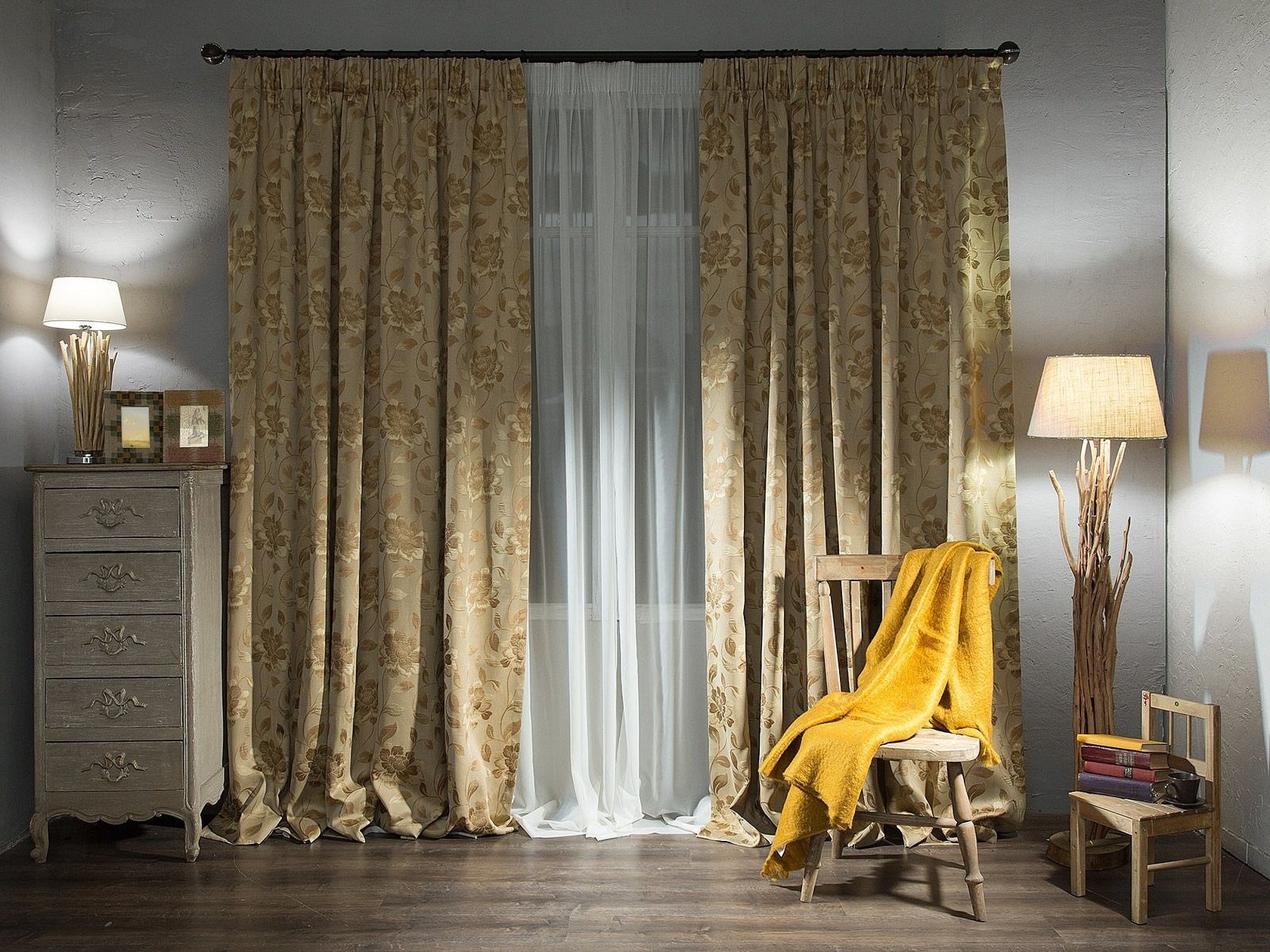
Important! Before you cut off an extra piece, it's worth thinking carefully about whether you'll regret it.
Before you start working, it is worth familiarizing yourself with some general rules:
- Before you start working, you need to let the curtains hang. This will help straighten the fabric and get more accurate dimensions. You need to wet the fabric and hang it on the window for 3-4 days without wringing it out;
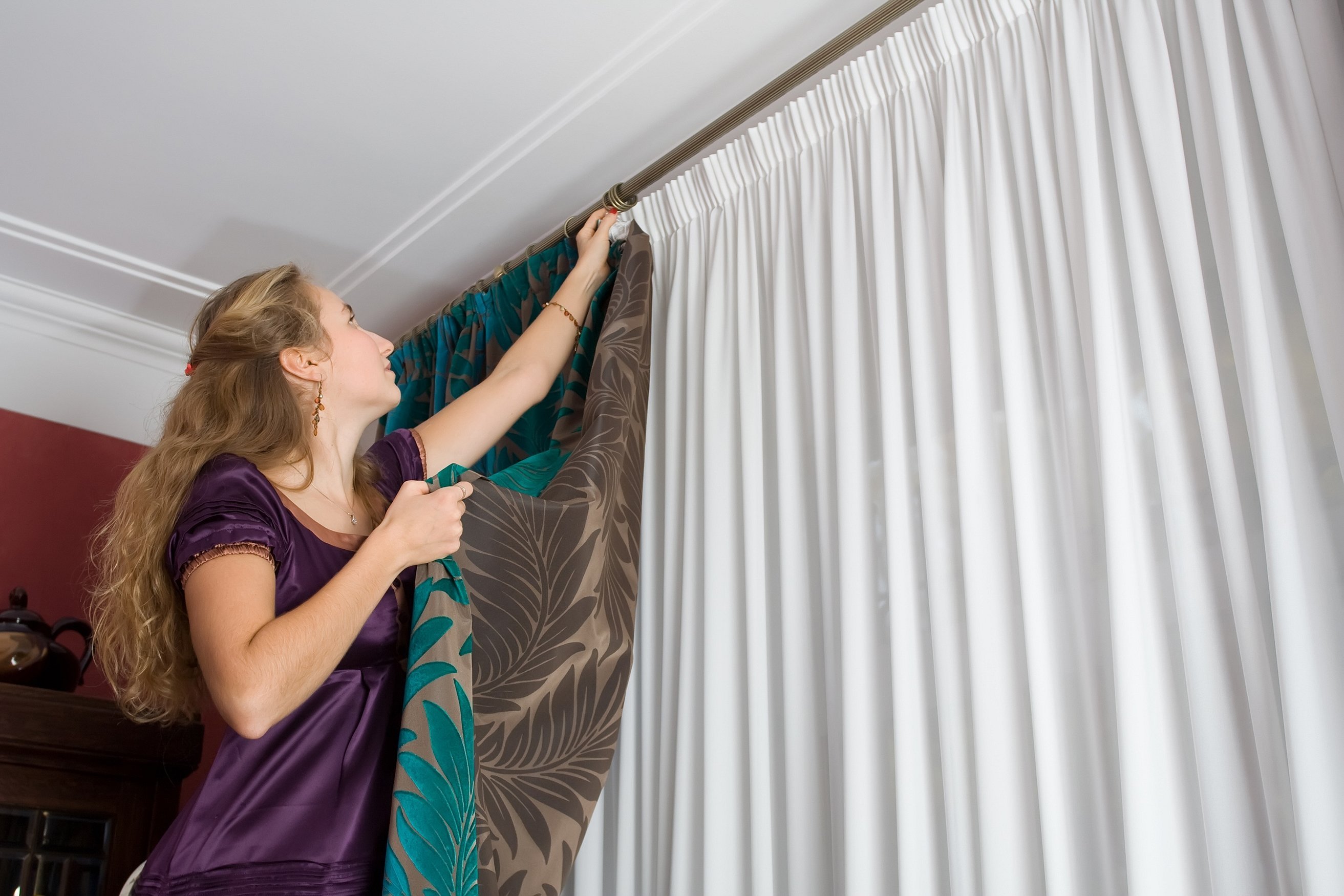
- It is better to fold thick, heavy fabric from the bottom once, thin fabric – 2-3 times;
- The color of the thread should completely match the color of the fabric. If the material is thin, the thread should be lightweight, otherwise it will be visible;
- The pins used to pin the fabric should be thin and not leave noticeable holes in the fabric;
- There is no need to tighten the stitch at the beginning and end of the line, it looks unsightly;
- How to hem tulle at home without a machine or organza? These fabrics can be scorched: when melted, the threads will seal the edge. But this option requires great dexterity, since the fabric can easily be scorched in a few seconds or leave an unsightly black edge;
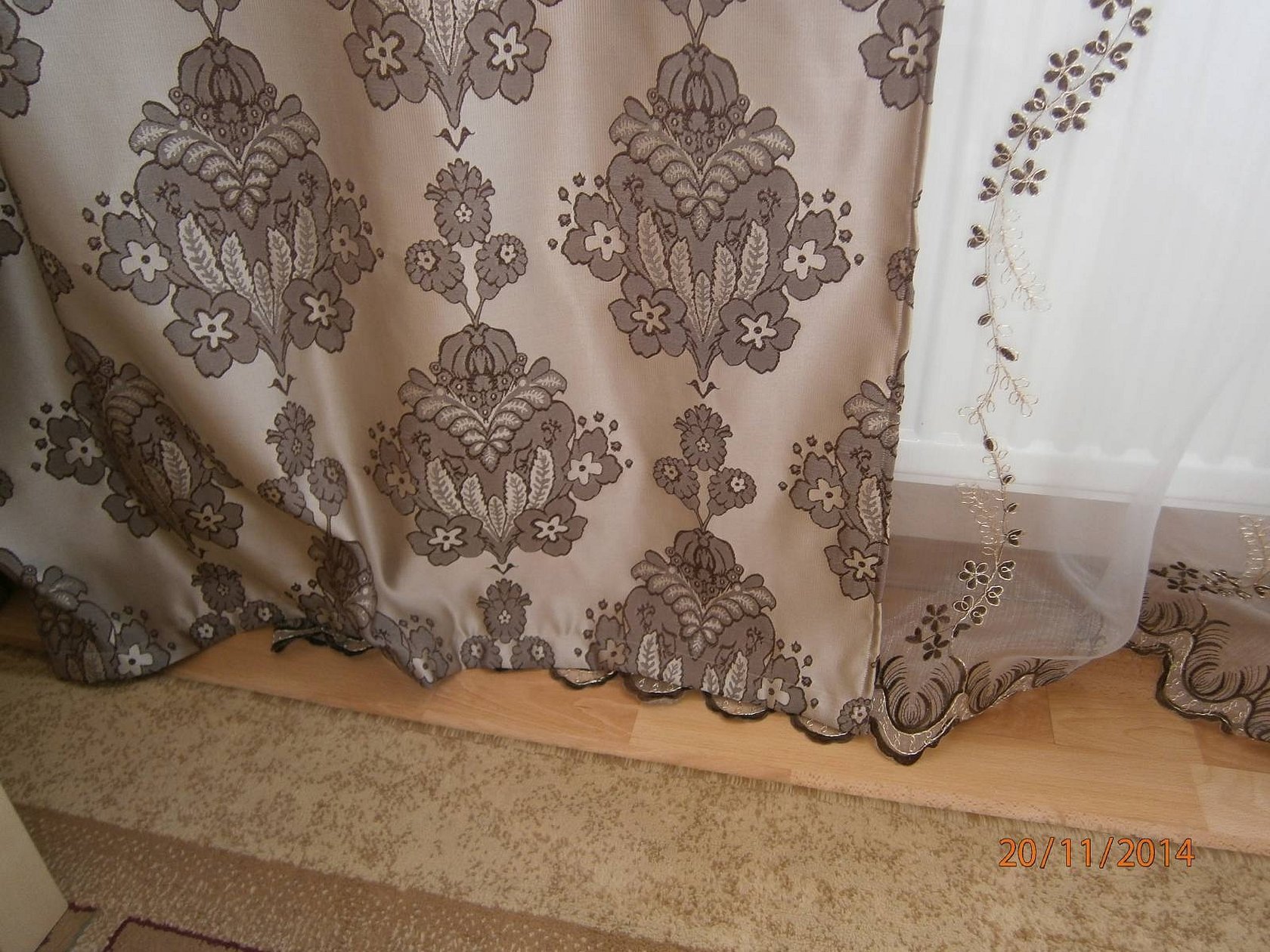
- If the fabric is thick, such as blackout, its edges may curl after being turned up. To prevent this, a small weight should be hidden inside the turn-up. If the weight is hidden by the manufacturer, the curtains will have to be shortened from above;
- If the fabric frays a lot, it is worth additionally stitching the edge with a zigzag stitch;
- You can sew a lace ribbon or braid to the folded area - this will make the curtains more elegant or hide a small mistake;
- Before you start working, it is worth practicing on a small piece of fabric to understand how the material behaves.
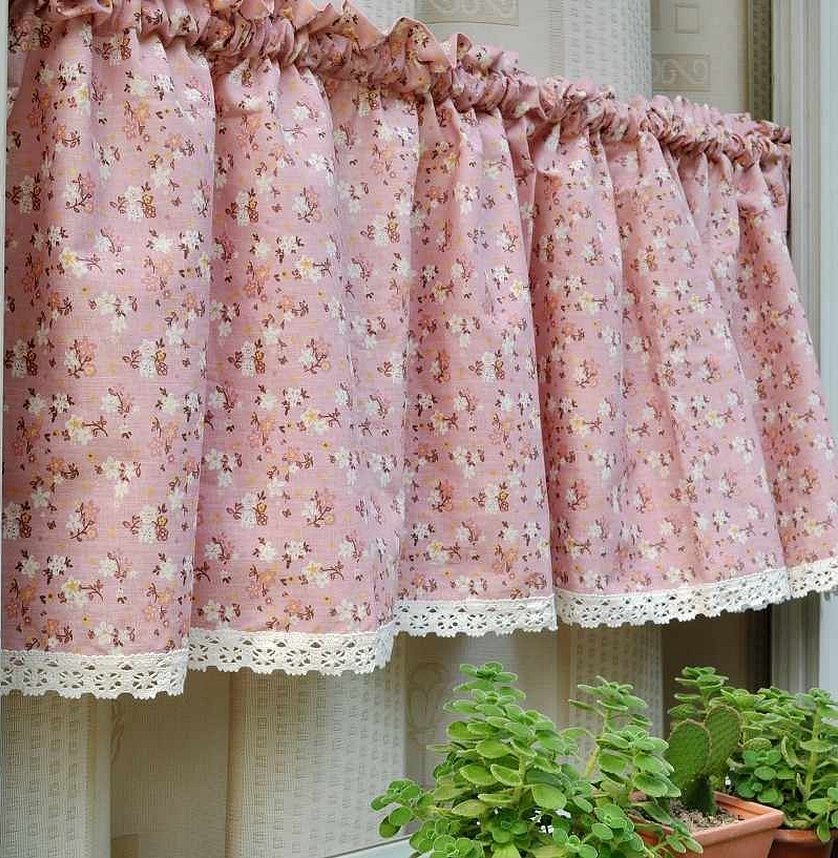
Measurements
Before you start measuring, it is important to let the fabric stretch and hang down - only then can you remove the fabric and start measuring. You can only measure the fabric on a smooth surface, such as a clean floor. If it wrinkles a lot, you should iron it beforehand.
Important! Sometimes the length of the curtains is much longer than necessary (for example, the length of the fabric is 3 meters with a room height of 2.5). In this case, it is worth removing exactly the extra piece, then start measuring.
It is believed that the length of the curtains should be 5-10 cm less than the height from the ceiling to the cornice, otherwise the fabric will reach the floor. For hemming, add 8-14 cm to the resulting number, depending on the fabric and the desired shape. For example, if you need to fold the material twice, you should leave more space, if once, or use a smaller tape.
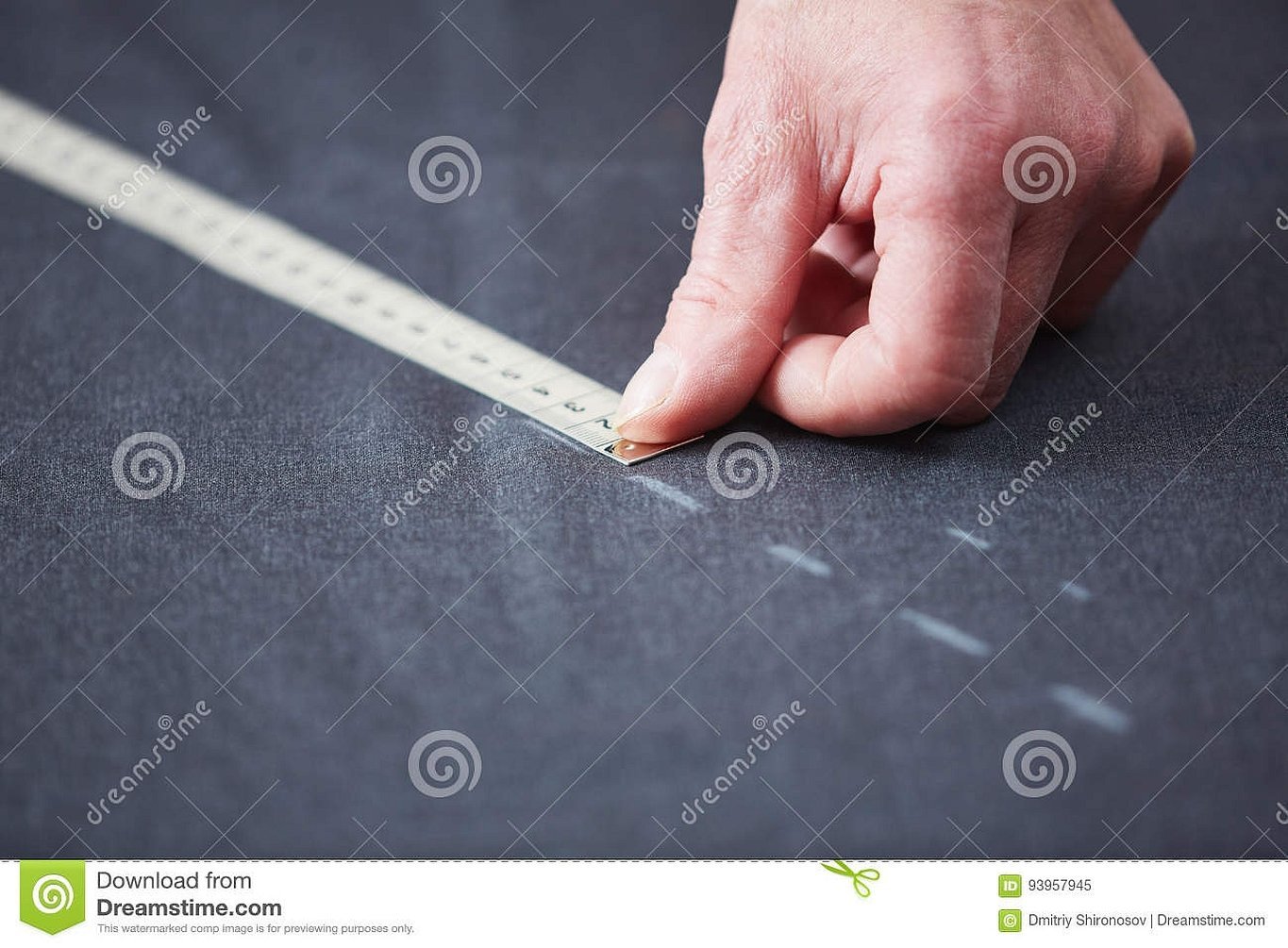
It is also worth considering the desired shape of the curtains and their location: for example, many people hang curtains in the kitchen that reach the windowsill, and in the living room – to the floor.
Trimming
It is worth cutting the fabric only if there is a lot of it. If the curtains are longer than necessary by 10-20 cm, it is better to fold them and hem them, then if necessary, the length can be returned.
You need to cut with large, sharp scissors, without lifting the fabric. To make the cut even, it is worth drawing a line in advance, cutting as much material as possible at a time and not lifting the fabric with your hands.

Some ways to correct the length of your curtains
You can correct the length of the curtains manually or with a machine, using a thread and needle or adhesive tape. There are also alternative options, such as making folds or securing the bottom with magnets. How to hem curtains correctly?
We sew by hand
This is quite a long process that will require attention and concentration. The fact is that when sewing by hand, the seamstress will need to adjust the length of the stitch, the distance between them and the straightness of the seam.

The step-by-step procedure is as follows:
- It is necessary to lay out the fabric on a flat surface and straighten it out;
- Apply all necessary marks with special chalk or a dry piece of soap;
- Cut off excess fabric or fold it over immediately, securing it with thin pins;
- Carefully, without rushing, hem, leaving small pieces of thread (2-3 cm) along the edges;
- At the end, you need to tie knots using the remaining threads.
We use the machine
A sewing machine allows you to sew much faster and easier, since you don’t have to watch the seam. If the work is being done not by a master, but by a beginner, it is worth watching a few lessons in advance to better understand the process.
It is best to use a seam length of 0.3-0.7 cm, a straight stitch or a small "zigzag" will do. The second will not be noticeable on the front side, but it is a little more difficult to sew than a straight stitch.
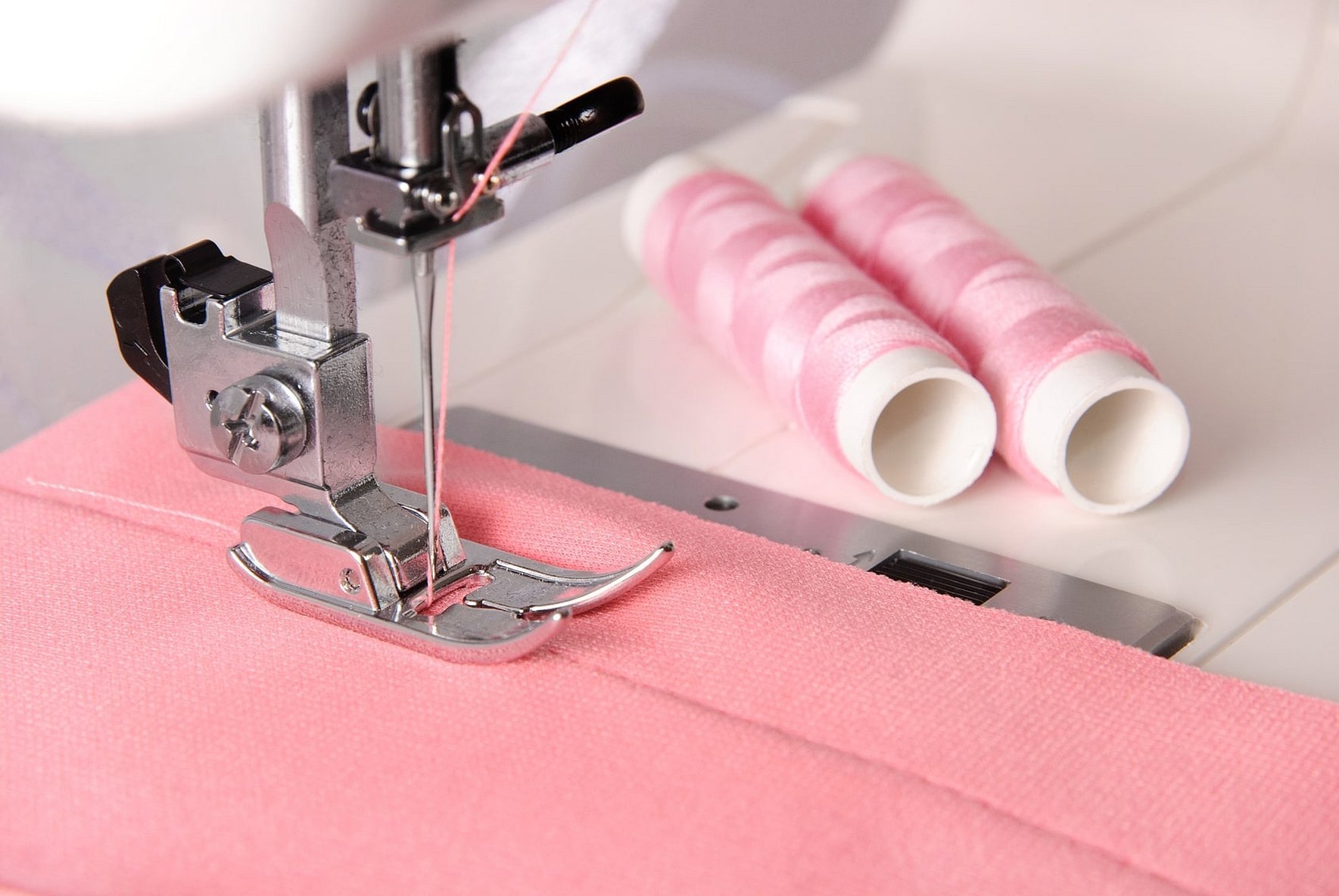
- The fabric must be folded over and secured with pins or a large stitch;
- Place under the presser foot and stitch, leaving a little thread along the edges;
- Tie the remaining threads into knots.
If the fabric is fraying a lot, its edge must first be overlocked and secured, then folded over and stitched.
Methods of processing the edge of the canvas
Correct finishing of the edge of the curtains is important: thanks to this, the threads will not crumble, and the edge itself will look neat.
There are several processing options:
- With a regular seam. The fabric is carefully folded at the bottom, pinned or large stitches are made so that the fabric does not slip, and stitched. You need to sew confidently and evenly, do not pull the fabric so that it does not deform. If your machine has an overlock, you can first process the edges with it, then fold and hem the bottom. This will allow you to secure the edge of the material more firmly;
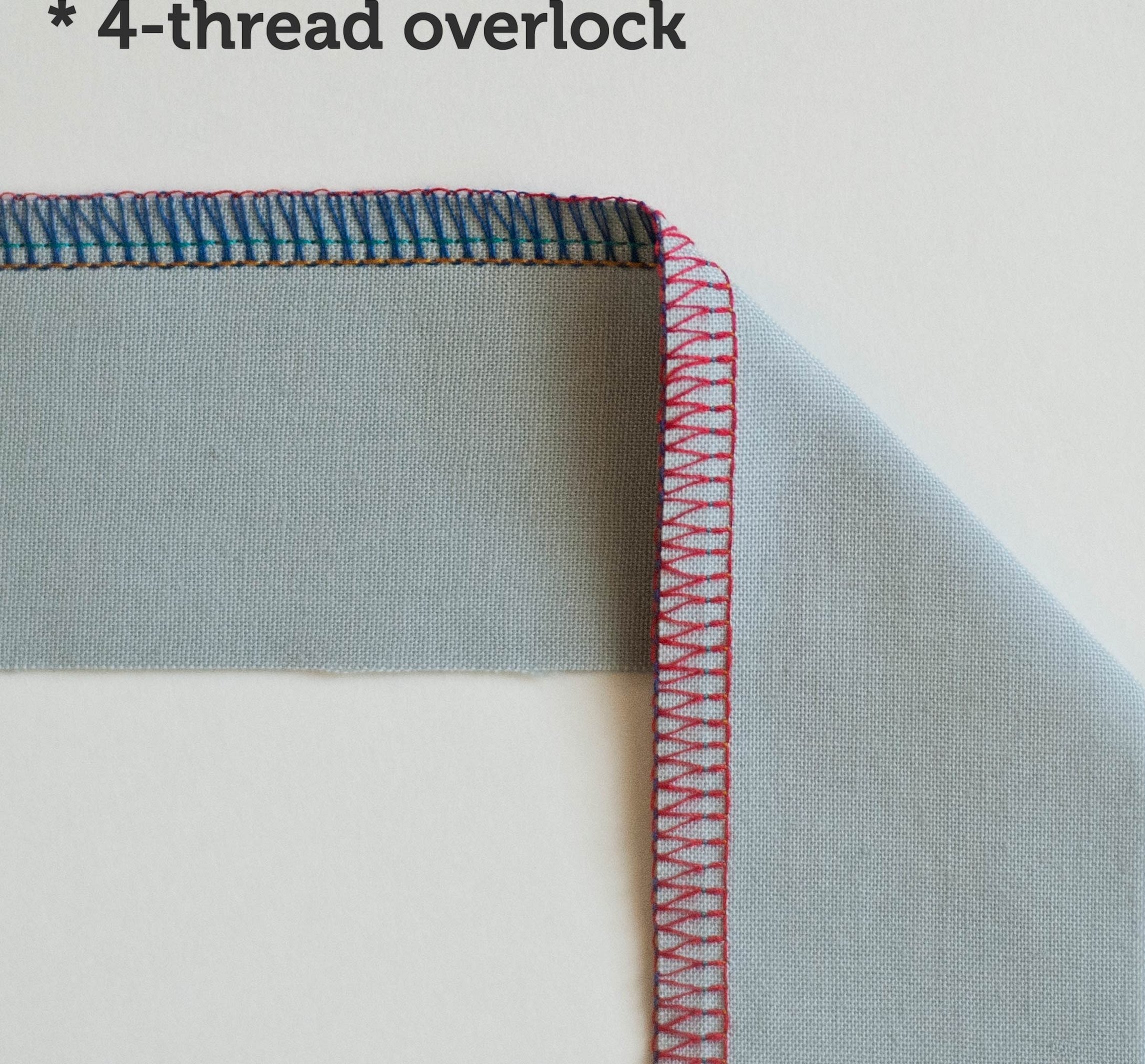
Important! You can hem the fabric by hand, but this will take much more time, and you will also need to sew very carefully, making seams in a straight line.
- Adhesive tape. The curtains need to be folded twice, with adhesive tape between the layers, then ironed with a hot iron. The tape will melt and stick the edges together. This is an easier method, the seam is invisible, but the glue will not hold up to heavy fabric;

- Edging with braid, lace or ribbon. You need to take the braid (the length should be equal to the length of the edge being processed), fold it lengthwise, iron it and “insert” the edge inside. Then secure it and stitch it. The braid can be matched to the curtains or in a contrasting color.
How to shorten curtains without hemming
Sometimes it is necessary to make curtains shorter without cutting off excess fabric. In this case, you can use some tricks:
- Gather the curtains with folds. The folds can go on the sides (English curtains) or along the entire length (Austrian). The latter are done as follows: a horizontal line is drawn across the entire width of the fabric at a distance from the bottom. From this line, parallel lines are drawn at equal distances to the edge of the material. Then the curtain is hung on the cornice and the fabric is pierced along the vertical lines, gathering the folds - by pulling the thread, you can adjust the height of the folds and their appearance.
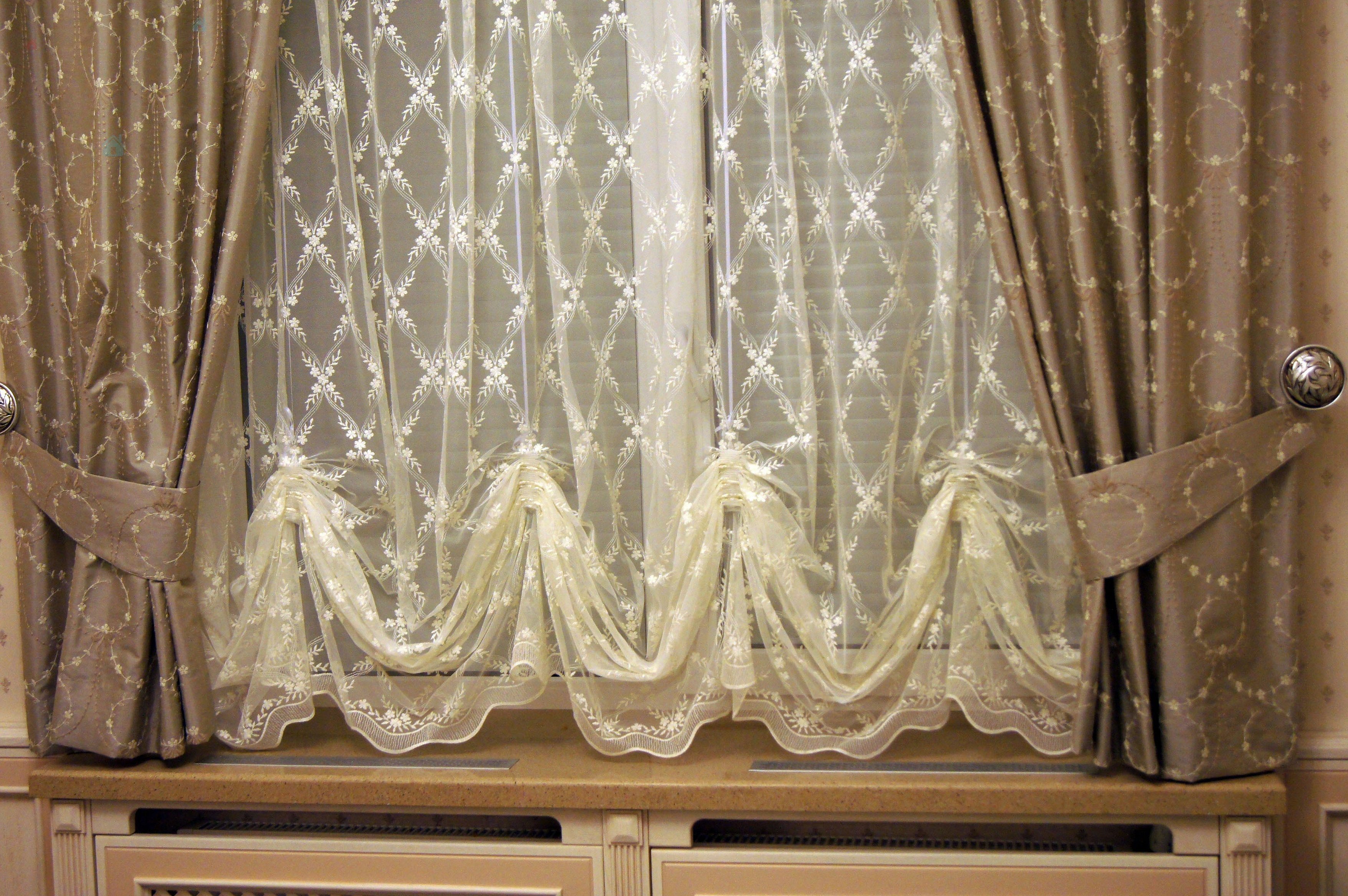
- You can sew a narrow curtain tape along the vertical lines at the back. This is a more durable option that can hold heavy fabrics and allows you to constantly adjust the height.
- Roll up. Light tulle curtains that drag along the floor can be rolled up and carefully hemmed with thick thread;
- Magnets for curtains. Curtains are gathered at the bottom and fixed between two magnets that attract each other. The second option is to bend the edge of the curtain and fix it to the wall. Magnets can be inconspicuous or bright, which will become excellent accessories. When buying, it is important to remember that only strong magnets can withstand heavy material;

- Sew with large stitches or pin. If you need to gather the curtain for a short time, for example, for a photo shoot, you can carefully sew the edge with large stitches and then pull out the thread.
And, of course, you can leave the curtains of the existing length. Curtains that spread along the floor are quite popular today: they look impressive and soften an overly serious interior.
Tips for choosing and sewing curtain tape
Curtain tape is a special braid consisting of fabric strips of different widths, thin ropes and hook fasteners. The tape is sewn to the curtains from above and creates beautiful frills when tightened.
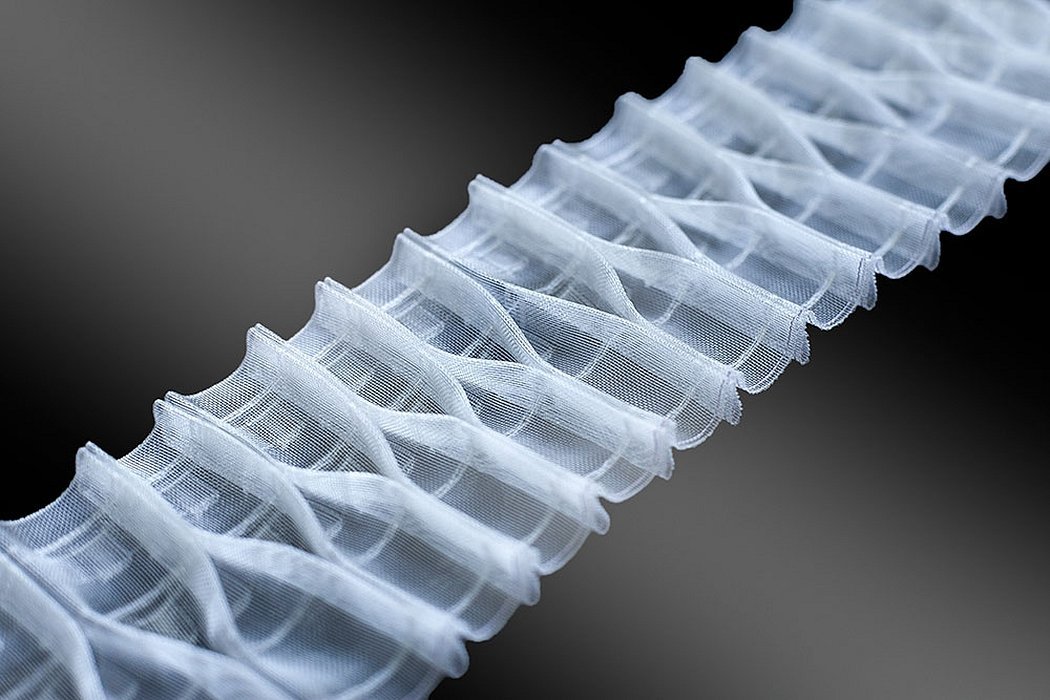
Important! The curtain tape can be attached in other places as well: for example, in the middle.
All existing tapes are divided into several types:
- According to the materials used: tapes can be transparent (fishing line) for thin fabrics or durable (cotton, polyester) for thick ones;
- By width: narrow (1.5-4 cm) for light materials or wide (5-17 cm) for denser ones;

- By mounting method: with eyelets, with loops for hooks, for string curtain rods, for pipe curtain rods;
- By the nature of the folds: horizontal (traditional) or vertical (the curtains “go up”);
- By the type of folds: accordion, pencil, butterfly, etc.
Before starting work, you need to decide on the length of the fittings. To do this, you need to add 10 cm to the width of the curtain for the hem.
Sewing on the ribbon is easy:
- If the edge of the curtain is already hemmed, you need to straighten the tape along the width of the fabric, secure it with pins, then sew it on the machine. The edges of the tape should be folded inward so as not to stick out, they are sewn in this position;
- If the edge is not hemmed, you will first need to fold the fabric over and then secure the fittings.
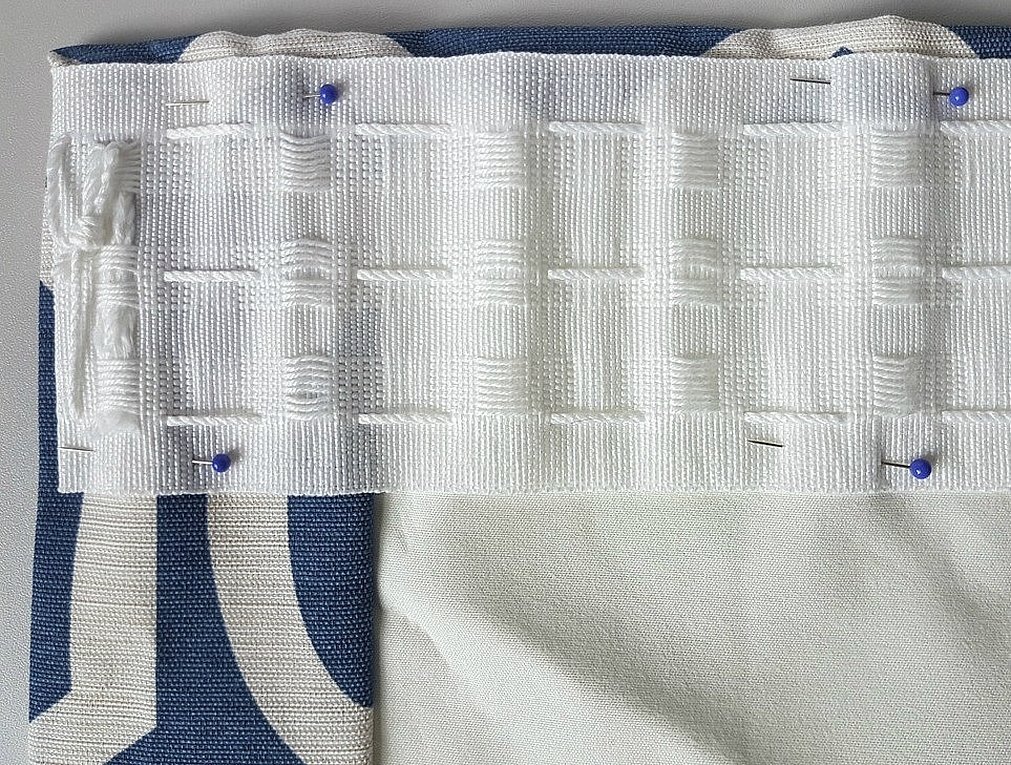
The need to shorten curtains can be caused by various reasons. There are no fewer and many ways to do this: curtains can be hemmed, glued or gathered in folds, the work itself can be easily done at home or taken to a studio. However, some prefer to leave the curtains long, flowing along the floor.




